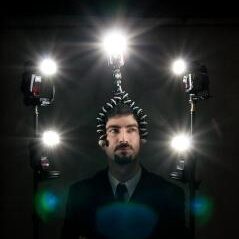6 Useful Edits for Fall Landscapes
Fall landscapes can be breathtaking in person, but they often lose some of their color and atmosphere in photos. Fortunately, a few targeted adjustments in Zoner Studio are all it takes to restore warm tones, enhance detail, and bring back that magical fall haze. Here are six techniques that can transform your fall photos in seconds.
